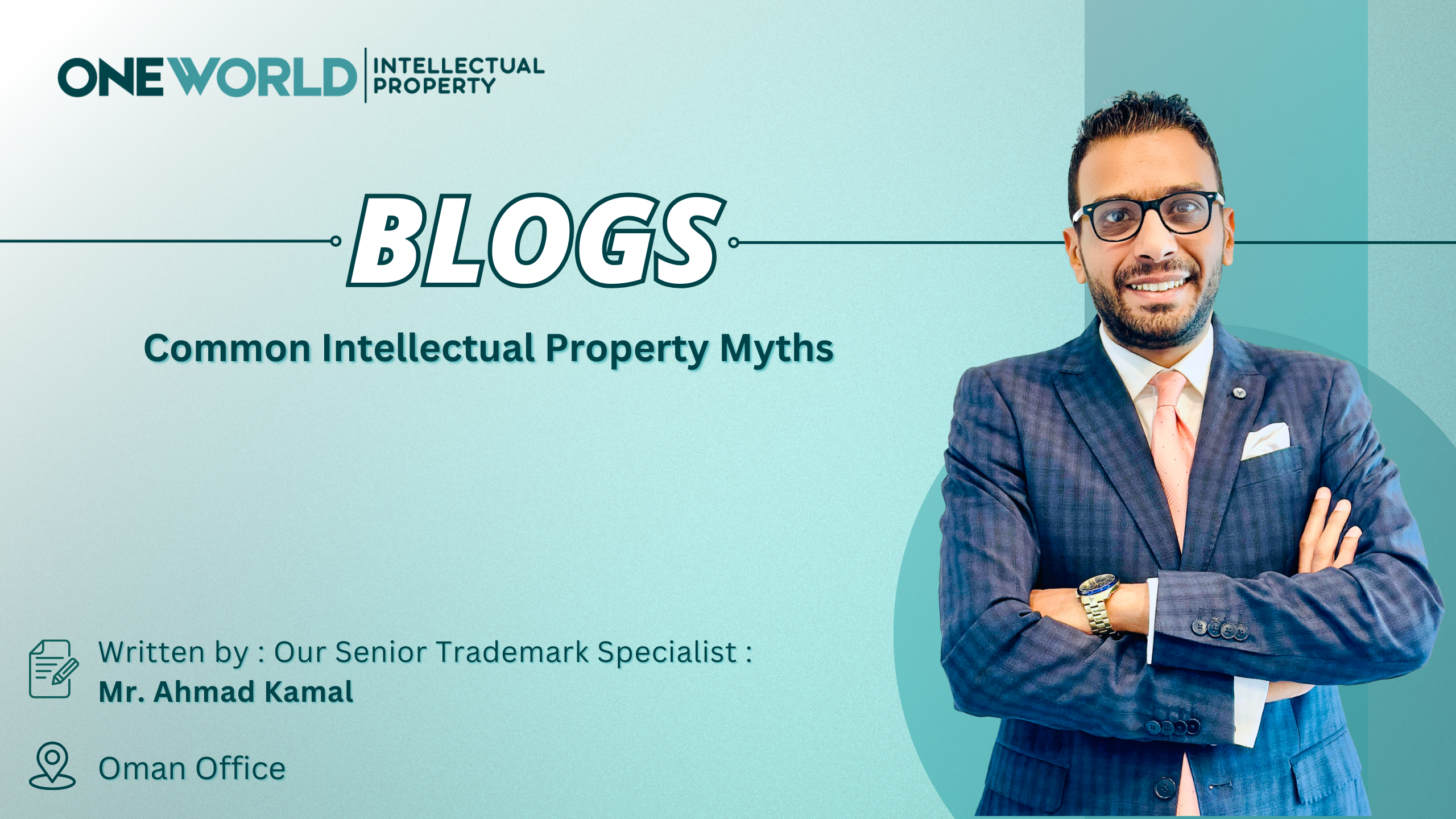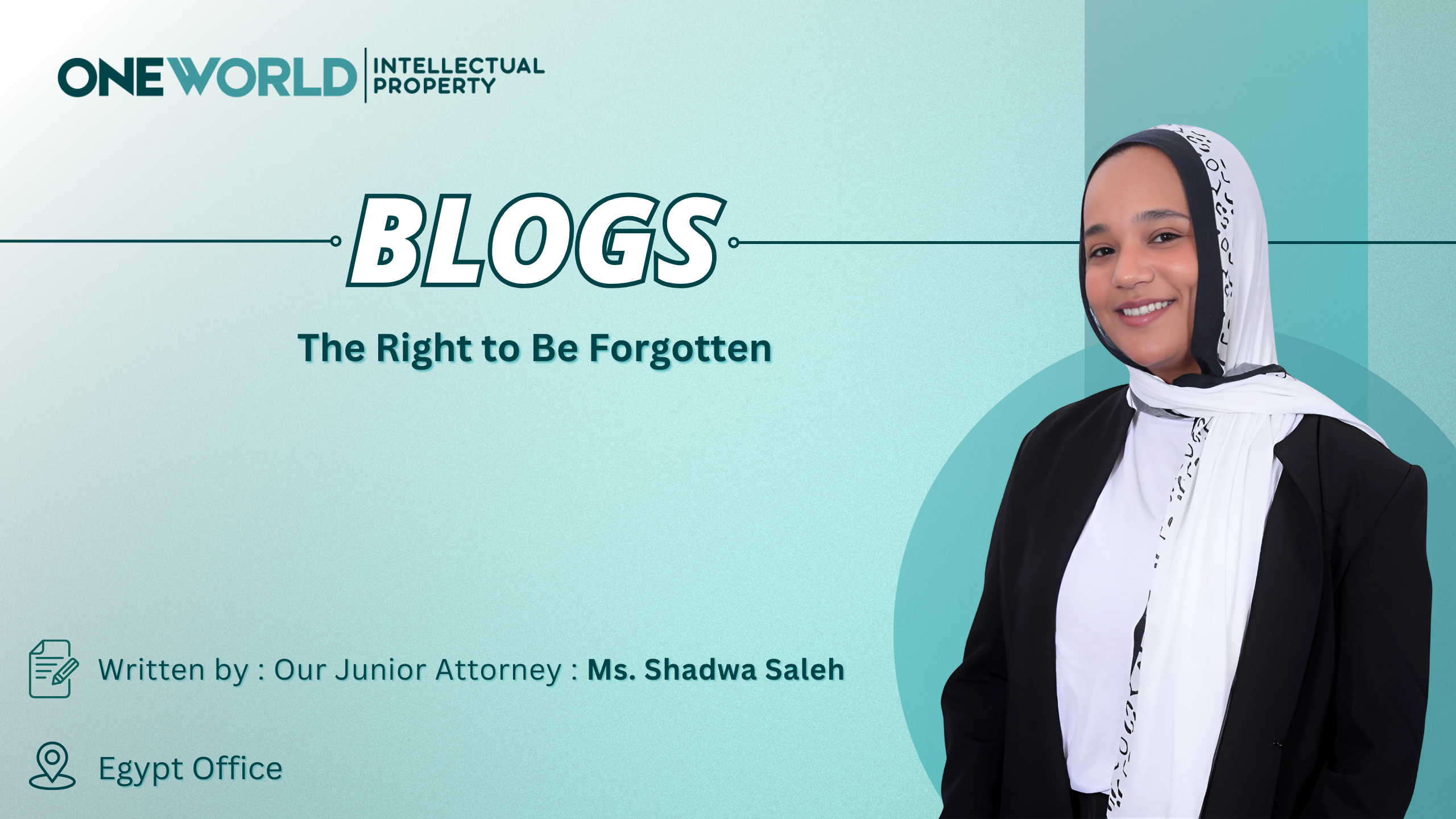
Common Intellectual Property Myths
Intellectual Property (IP) is one of the most valuable assets for businesses, creators, and innovators. However, it is also surrounded by misconceptions that often lead to mistakes in protection and enforcement. Below are some of the most common myths about IP and the truths behind them.
- Myth: Copyright protects ideas
Reality: Copyright does not protect ideas, concepts, or methods. It only safeguards the expression of ideas—such as books, music, software, films, and artworks. The idea itself remains unprotected until it is given a concrete, creative form.
- Myth: Once I register my trademark, I’m protected worldwide
Reality: Trademark protection is territorial. Registering in one country does not automatically provide protection in others. If you want coverage in multiple jurisdictions, you need to file applications in each country or use regional/international systems such as the Madrid Protocol.
- Myth: Patents last forever
Reality: Patents generally last for 20 years from the filing date, provided that annuity fees are paid. After expiration, the invention enters the public domain, allowing anyone to use it freely.
- Myth: Registration isn’t important
Reality: Some rights, like copyright, arise automatically upon creation. However, registration often provides stronger protection, creates a legal presumption of ownership, and simplifies enforcement in case of disputes.
- Myth: Using a work for educational purposes is always “fair use”
Reality: Educational use is only one factor in determining fair use. Not all classroom or academic use qualifies as an exception—especially if it affects the market value of the original work. Permission may still be required.
- Myth: Trademarks only protect logos or brand names
Reality: Trademarks can protect a wide range of identifiers including sounds (like the Intel chime), colors (such as Tiffany blue), shapes, and even scents. The key factor is distinctiveness in identifying the source of goods or services.
- Myth: If something is online, it’s free to use
Reality: Online availability does not mean the work is free from copyright protection. Most online content is protected unless explicitly placed in the public domain or released under open licenses (such as Creative Commons).
- Myth: You can avoid infringement by changing 10% (or any percentage) of the work
Reality: There is no legal rule that a certain percentage of alteration avoids infringement. Even small changes can still infringe if the original work is substantially recognizable.
Understanding the realities behind these common myths is essential for safeguarding your intellectual property rights and respecting the rights of others. Misconceptions can lead to costly mistakes, whether in business, research, or creative work. By knowing the facts, individuals and organizations can better protect their innovations, brands, and creative outputs.
Written by : Our Senior Trademark Specialist: Mr. Ahmad Kamal



